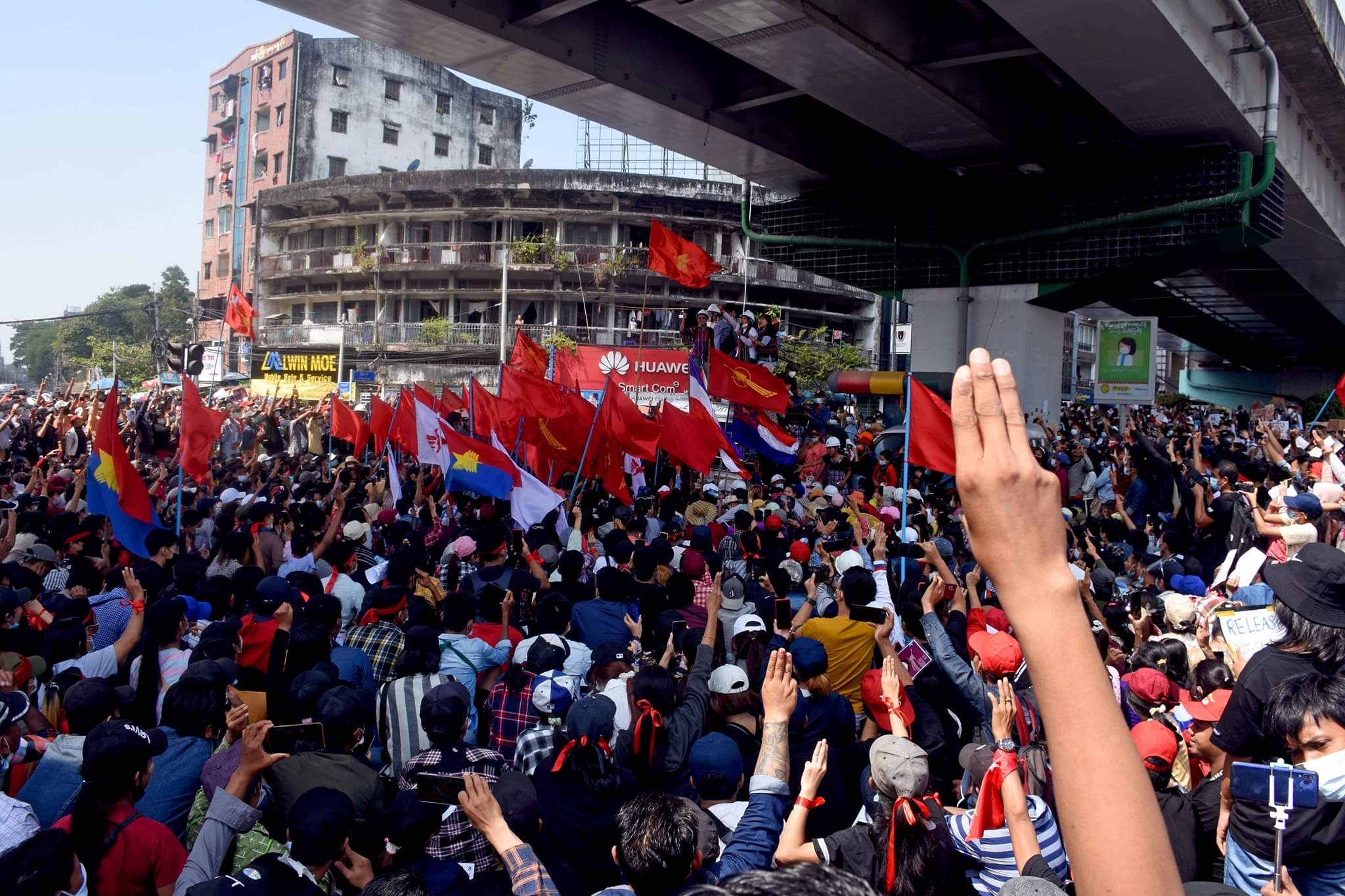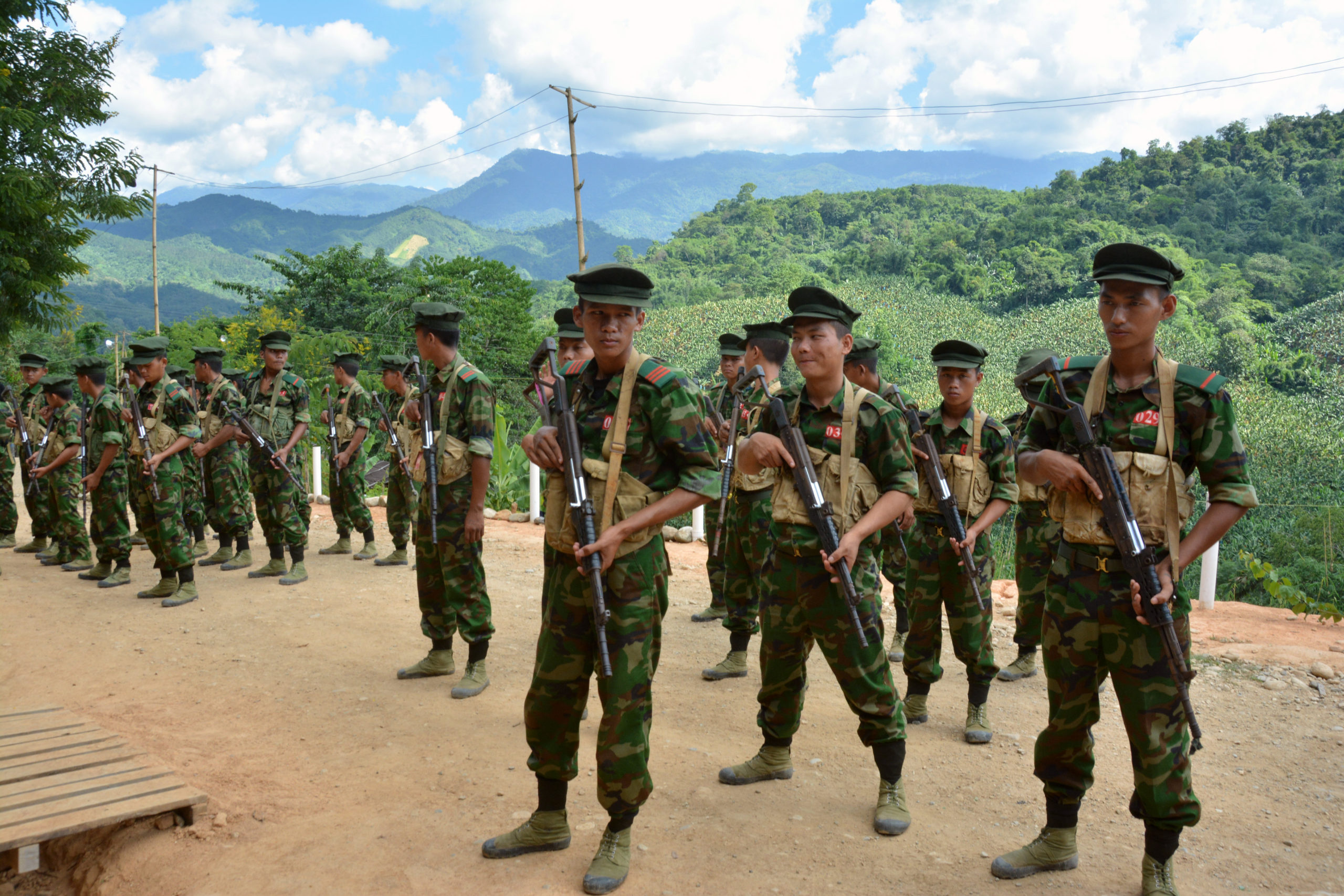In the spirit of Frantz Fanon or Gloria Richardson, I had a fascinating discussion with scholar Jangai Jap on the armed struggle against Myanmar’s military junta. Read our conversation below!
Asia Art Tours: Could you discuss how your research and fieldwork in Myanmar has changed and become more nuanced over time regarding issues of diversity?
Jangai Jap: When thinking about the issues of diversity in Myanmar, we tend to think about ethnic diversity and ethnic politics. Myanmar is of course incredibly diverse in terms of ethnicity and languages. What strikes me though is the diversity within each ethnic community (Bamar and minority groups). There is urban/rural divide, those who live in the areas controlled by the Ethnic Armed Organizations (EAOs) versus those who live in the areas controlled by the government, variation in socio-economic class and level of education, and so on. These within-group variations mean that there is no coherent ethnic minority experience or Bamar experience. For example, ethnic minorities’ grievances include discrimination, but I have noticed that ethnic minorities from the top tier of socio-economic class tend to not experience discrimination (keep in mind that in Myanmar ethnicity is not visually distinguishable) whereas those in the lower tiers do. So, the “ethnic minority experience” of those from the lower tiers hardly resonates with those in the top tier.
In a similar vein, regarding the issue of self-determination, there are radical as well as moderate voices within each ethnic minority communities. In sum, various groups within a single ethnic minority community have different and sometimes competing interests. Thus, it is very important that analysts, journalist, and scholars alike are cognizant of the segment of ethnic minority community they are encountering with.
Relatedly, ethnic minority communities are not unitary actors. This means that Kachin community does not have a single voice or a single point of view. The same can be said about other communities. As such the challenge for those of us trying to understand Myanmar is to identify and explain within-group diversity in Myanmar.
There is urban/rural divide, those who live in the areas controlled by the Ethnic Armed Organizations (EAOs) versus those who live in the areas controlled by the government, variation in socio-economic class and level of education, and so on. These within-group variations mean that there is no coherent ethnic minority experience or Bamar experience.
 U.S. President Barack Obama and Secretary of State Hillary Clinton with Aung San Suu Kyi and her staff at her home in Yangon, 2012. Photo Credit: Public Domain.
U.S. President Barack Obama and Secretary of State Hillary Clinton with Aung San Suu Kyi and her staff at her home in Yangon, 2012. Photo Credit: Public Domain.
Asia Art Tours: In your fieldwork, what reflections did Kachin community members have on this period of ‘ceasefire capitalism’? And how did greater integration into regional and global capitalism change the political economy of what Ethnic Armed Organizations (EAOs)were fighting for?
What’s happening in Myanmar now is so much bigger than NLD versus the military. And the NLD seems to be just one piece in the collective movement against the SAC.
Jangai Jap: Please support the people of Myanmar. Myanmar is currently engulfed in political as well as humanitarian crises. These are several types of individuals who are suffering and in need of help due to coup (which is then compounded by the new wave of Covid-19 outbreak). Protesters and CDMers need our help. People who are displaced due to armed clashes in their area, families living in conflict areas, and family members of political prisoners also need our help. So, my advice would be to get in touch with a trusted organization and ask how/who you should help.
 Yangon Protesters flash the ‘3 fingers’ gesture at an anti-junta protest. Photo Credit: Public Domain
Yangon Protesters flash the ‘3 fingers’ gesture at an anti-junta protest. Photo Credit: Public Domain
For more of Jangai’s incredible research, check out: Jangaijap.com


 Cadets of the Kachin Independence Army (KIA) preparing for military drills at the group’s headquarters in Laiza, Kachin State. Photo Credit: Paul Vrieze, Voice of America (Public Domain)
Cadets of the Kachin Independence Army (KIA) preparing for military drills at the group’s headquarters in Laiza, Kachin State. Photo Credit: Paul Vrieze, Voice of America (Public Domain)